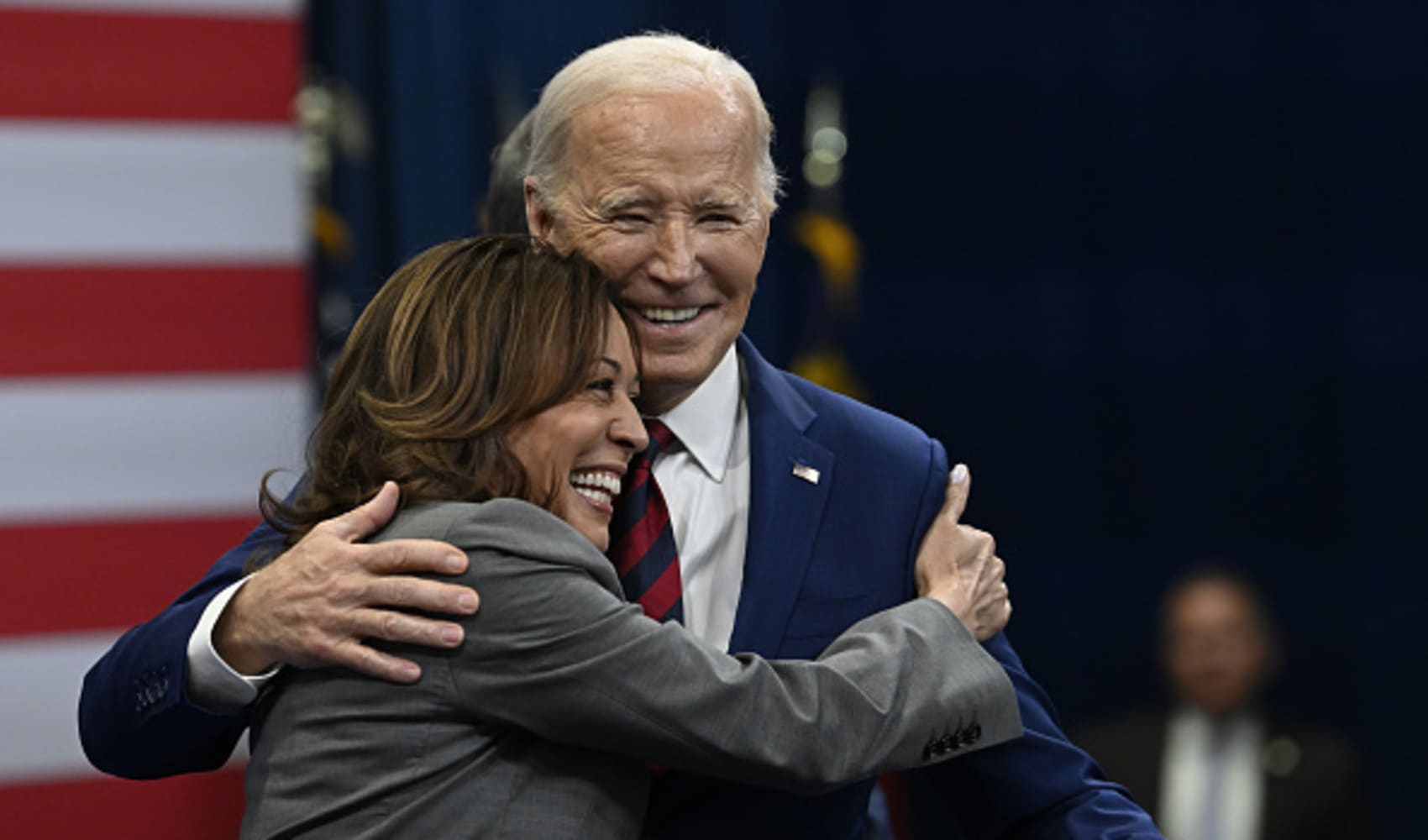
CNBC.com's Pippa Stevens brings you the day's top business news headlines. On today's show, CNBC.com's Annie Palmer reports on a new California law that protects warehouse workers' bathroom breaks and limits unsafe quotas from retailers like Amazon. Plus, drive-thru speed and accuracy dips over the past year.
California governor signs legislation to protect warehouse workers
California Governor Gavin Newsom on Wednesday signed a bill that limits warehouse employers like Amazon.com from setting productivity quotas, the first legislation of its kind in the United States.
The new provisions require all companies using warehouse labor to disclose productivity quotas to employees and government agencies and bar use of algorithms that prevent employees from taking rests and bathroom breaks, thereby endangering their health and safety, the governor's office said.
Get New England news, weather forecasts and entertainment stories to your inbox. Sign up for NECN newsletters.
The California State Senate this month approved the bill in a 26-11 vote.
"We cannot allow corporations to put profit over people," Newsom said in a statement, signing the measure into law.
"The legislation ensures workers cannot be fired or retaliated against for failing to meet an unsafe quota."
Money Report
Target said Thursday that it is taking a different staffing approach this holiday season as it gears up for a rush of shoppers at stores and on its website: It will trim back seasonal hires and give more hours to existing employees.
In all, the discounter said it expects current store staff — about 300,000 people in total — will work 5 million more hours during the holiday season. That translates into more than $75 million of additional pay, it said.
Target still plans to hire about 100,000 seasonal employees — but that's smaller than the more than 130,000 that it hired for each of the past two holiday seasons, the company said.
The big-box retailer, which has more than 1,900 stores and about 350,000 employees, launched an app this summer that makes it easier for store workers to pick up an occasional shift. It allows staff to choose times or swap hours on demand, adjusting for other obligations like parenting or attending a college class.
It’s not your imagination: Restaurant drive-thrus are slower and less accurate
Restaurant drive-thrus have become slower and less accurate in 2021, according to SeeLevel HX's annual report.
The average total time spent in the drive-thru lane increased by more than 25 seconds from a year ago to 382 seconds. Compared with pre-pandemic times, that's nearly a minute longer. Order accuracy dropped to 85% this year from 87% in 2020.
SeeLevel HX used mystery shoppers to wait in drive-thru lines across 10 chains and 1,492 restaurant locations from July through early August to compile the annual study. More than half of the orders placed happened during lunch hours.
Drive-thru times and accuracy have been key performance metrics for fast-food chains for decades, but the coronavirus pandemic has heightened their importance. As restaurants shuttered their dining rooms, customers turned to drive-thru lanes to pick up their tacos and fries.






